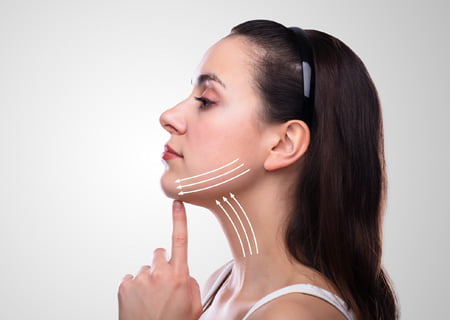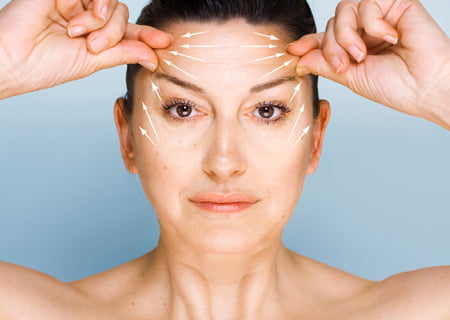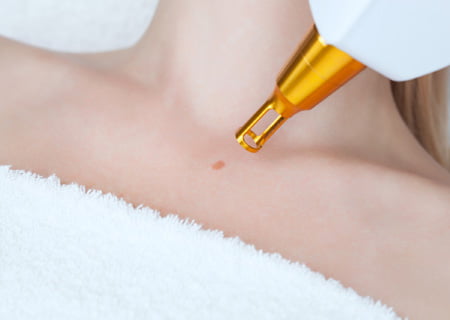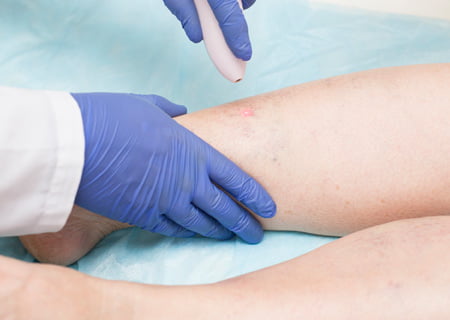Cosmetic Surgery Tips for Maintaining Results of Facial Cosmetic Procedures

Whether surgical or non-surgical, facial cosmetic treatments are investments in you. Still, reaching and preserving natural-looking outcomes transcends the surgical field. Protection of your results and improvement of your general look depends on appropriate aftercare, a regular skincare regimen, and lifestyle changes.
From facelift recovery to non-surgical options like Botox injections, dermal fillers and microneedling, this guide provides practical advice on sustaining the benefits of your treatment.
Key Takeaway: Maintaining the outcomes of face cosmetic surgeries need professional advice, good lifestyle choices, and careful aftercare. These cosmetic surgery tips are meant to help you experience long-lasting, natural results and protect your investment.
Immediate Recovery Tips
People also search
The recovery period is critical for setting the foundation for your results. Follow these plastic surgery recovery tips:
- Hydration and Rest : To help recover, sip lots of water; furthermore, get enough sleep to lower swelling and encourage tissue repair.
- Gentle Skincare : Use the prescribed gentle cleansers and moisturizers by your surgeon. Early on, steer clear of active chemicals like retinol and strong exfoliants.
- Follow Aftercare Instructions : Follow your surgeon's post-operative instructions exactly to reduce problems.
Recovery Timelines for Common Procedures:
|
Procedure |
Initial Recovery |
Full Results Visible |
|
Facelift (Standard/Deep Plane) |
3-8 weeks |
12-18 months |
|
Neck Liposuction |
2-3 weeks |
12 months |
|
Eyelid Lift |
2-3 weeks |
12 months |
Pro Tip : Remember. Just as vital is emotional healing. One is naturally self-conscious about bruises or swelling. Keep track of progress with photos and focus on long-term improvements.
For more details on recovery timelines, visit American Society of Plastic Surgeons .
Before-and-After Care for Enhanced Results
Effective recovery starts with preparation. Pre-surgical steps can help minimize complications and improve outcomes:
-
Pre-Surgical Tips :
-
Avoid smoking and alcohol at least 4 weeks before and after surgery (avoid smoking one year prior to and post facelift) .
-
Focus on nutrient-rich foods to strengthen your immune system.
-
Consult your surgeon about any medications or supplements to pause.
-
-
Post-Surgical Skincare :
-
Introduce skin care products gradually to avoid irritation.
-
Use gentle, non-comedogenic moisturizers to prevent dryness.
-
Chart: Pre-and-Post Surgical Recommendations
|
Phase |
Tips |
|
Pre-Surgery |
Avoid smoking and alcohol, focus on nutrient-rich foods. |
|
Early Post-Surgery |
Stick to fragrance-free cleansers, avoid sun exposure. |
|
Long-Term Maintenance |
Gradually reintroduce actives like retinol or peptides. |
Skincare Routine for Long-Term Results
The key to preserving your investment in skincare after a surgery is to stick to a regular practice.
- Sun Protection : UV rays accelerate skin aging and damage. Use a broad-spectrum sunscreen (SPF 30 or higher) daily, even on cloudy days.
- Hydration and Moisture : Incorporate serums with hyaluronic acid to maintain hydration and plumpness.
- Injectable Treatments : Touch-ups with Botox injections / neuromodulators, dermal fillers or hyaluronic acid injections can help maintain youthful volume between surgical procedures.
Chart: Skincare Ingredients to Enhance Post-Surgical Results
|
Ingredient |
Benefit |
Example Products |
|
Hyaluronic Acid |
Deep hydration and plumpness |
Serums or injectable fillers |
|
Peptides |
Support collagen production |
Anti-aging creams |
|
Retinol |
Improves texture and reduces wrinkles |
Use only with surgeon approval |
|
Ceramides |
Strengthen skin barrier |
Moisturizers |
Healthy Lifestyle for Natural Results
A good lifestyle helps your general health as well as longevity of outcomes from your operation.
- Diet : Eat foods rich in antioxidants (berries, leafy greens) and omega-3 fatty acids (salmon, walnuts) to improve skin elasticity.
- Hydration : Drink 8–10 glasses of water daily to maintain skin hydration.
- Exercise : Leisurely walking promotes circulation but avoid strenuous workouts during the initial recovery phase.
- Stop Smoking : Smoking impairs healing and accelerates aging, compromising your results.
Tip : Thanks to their antioxidant qualities, avocados and green tea are great for healing and skin health.
See Health Canada for further pointers on lifestyle changes.
Consult Your Surgeon
Follow-up consultations are vital to ensure your recovery is on track and address any concerns.
- Scheduled Check-Ups : Regular appointments allow your surgeon to monitor healing and provide personalized advice.
- Adjustments : Discuss options for complementary treatments like micro needling or PRP.
Recovery Expectations:
- Throughout the healing process, be patient; irregularities, scars and edema require time for them to fade away.
- Different procedures affect realistic times; so, consult your physician for a customized recovery plan.
Managing Expectations: The Emotional Side of Recovery
Healing from face treatments is emotional as much as physical. Throughout the healing process, one is naturally impatient or self-conscious.
- Set Realistic Expectations : Swelling and bruising can obscure results initially. Focus on the long-term improvements.
- Celebrate Progress : Track your healing journey with photos to appreciate gradual changes.
Non-Surgical Rejuvenation
In addition to surgical procedures, non-surgical options can help maintain and enhance your results. These treatments are minimally invasive and ideal for ongoing care:
- Microneedling : Stimulates collagen and improves fine lines.
- PRP (Platelet-Rich Plasma) Therapy : Rejuvenates skin with your body’s natural growth factors.
- Dermal Fillers : Restore volume and smooth wrinkles.
These options are safe when performed by licensed professionals. Learn more about non-surgical options from The Canadian Society for Aesthetic Plastic Surgery .
Sun Protection for Alberta’s Climate
Alberta’s snowy winters amplify UV exposure due to reflection from the snow. Protect your skin by:
- Using a moisturizing sunscreen with SPF 30+ suitable for dry conditions.
- Reapplying every 2–3 hours when outdoors for extended periods.
Conclusion
Maintaining the outcomes of facial cosmetic procedures is an ongoing process requiring appropriate aftercare, a committed skincare regimen, and expert direction. Following these cosmetic surgery tips and giving a healthy lifestyle first priority can help you to produce long-lasting, naturally occurring results.
See a qualified facial plastic surgeon in your region for more tailored guidance. Invest in your aftercare now to help you to maintain the confidence and beauty you have fought for.
References (APA Style)
American Society of Plastic Surgeons. (2023). Plastic surgery recovery guidelines . Retrieved from https://www.plasticsurgery.org/
Canadian Society for Aesthetic Plastic Surgery. (2023). Non-surgical rejuvenation options . Retrieved from https://csaps.ca/
Health Canada. (2023). Cosmetic safety and regulations . Retrieved from https://www.canada.ca/en/health-canada.html
Additional Chart: Recovery Timeline by Procedure
|
Procedure |
Initial Recovery |
Full Results Visible |
|
Facelift |
3-8 weeks |
12-18 months |
|
Neck Liposuction |
2-3 weeks |
12 month |
|
Eyelid Lift |
2-3 weeks |
12 months |
|
Dermal Fillers |
5-7 days |
6 weeks (settling) |
















